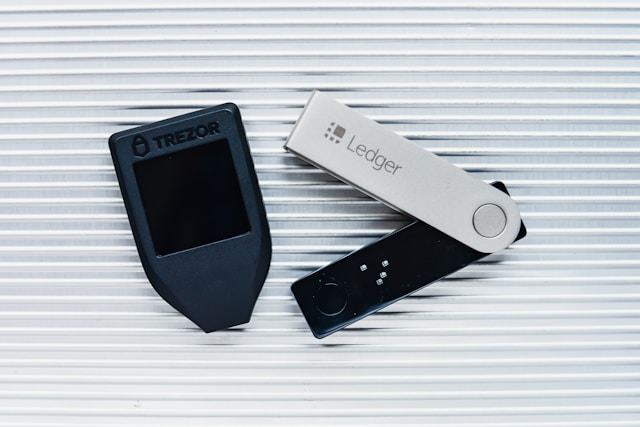In the era of quantum computing strategies, the need for stable verbal exchange and statistics safety has into even greater vital. Traditional cryptographic methods may also end up liable to attacks through quantum computer systems. Quantum cryptography, a topic at the intersection of quantum physics and cryptography, offers a capability answer by way of harnessing the standards of quantum mechanics to offer unbreakable encryption techniques. In this post, we’re capable of discovering quantum cryptography and the way it can stabilise data inside the quantum computing generation.
Principles of Quantum Cryptography
Quantum Key Distribution (QKD)
One of the important thing concepts in quantum cryptography is quantum key distribution. QKD employs the thoughts of quantum mechanics to generate a mystery key on two occasions. Quantum states, visit https://www.fronlinecasino.lv/ together with the polarization of character photons, are used to encode the important thing. The vital principle of quantum mechanics guarantees that any try and intercept or diploma the essential element results in disturbance, thereby revealing the presence of an attacker.
Heisenberg’s Uncertainty Principle
Quantum cryptography is based on the Heisenberg uncertainty precept, which states that it’s miles not feasible to simultaneously apprehend both the precise characteristic and momentum of a subatomic particle. By using this precept to encode data,, any attempt to intercept or diploma the quantum states could introduce errors, indicating tampering.
Advantages of Quantum Cryptography
Unconditional Security
Quantum cryptography gives unconditional safety, this means that it is proof against any future attacks, even from quantum computer systems. The ideas of quantum mechanics guarantee that any eavesdropping attempt might be without delay detected, allowing regular communique.

Key Distribution
Quantum key distribution solves the trouble of constant key exchange, which is important for traditional encryption techniques. Using QKD, a secret secret is exchanged among parties with absolute protection, making sure that subsequent conversation stays private.
Detection of Eavesdropping
Quantum cryptography allows for the detection of an eavesdropper by introducing disturbances to the quantum states at some stage in transmission. Any try to intercept or diploma the quantum states could be observed, notifying the talking parties of ability assaults.
Challenges and Considerations
Hardware Challenges
Implementing quantum cryptography calls for specialised hardware, which incorporates photon detectors and quantum random range generators, which can be vulnerable to noise or environmental situations. Overcoming technical disturbing conditions and developing sturdy hardware is essential for practical implementation.
Limited Range
Current quantum cryptography methods have barriers in phrases of variety. Optical fibre-based totally QKD structures generally have constrained distances due to loss and noise. Advancements in quantum repeaters and unfastened-space quantum verbal exchange generation are being explored to grow the variety.
Key Management
While quantum cryptography affords constant key distribution, it does not cope with key management problems, which include ensuring the authenticity and integrity of communicating events. Additional mechanisms are required to establish agree with and authenticate the activities concerned.
Conclusion
Quantum cryptography gives a promising approach to strong data within the quantum computing era. Leveraging the ideas of quantum mechanics, it gives unconditional safety, steady key distribution, and the capability to come upon eavesdropping tries. However, overcoming hardware worrying conditions, extending the type of regular conversation, and addressing key management issues are ongoing studies areas. As quantum computing advances, quantum cryptography will continue to play a critical characteristic in securing touchy information and ensuring privacy in future conversation structures.